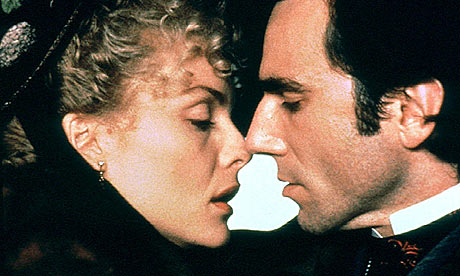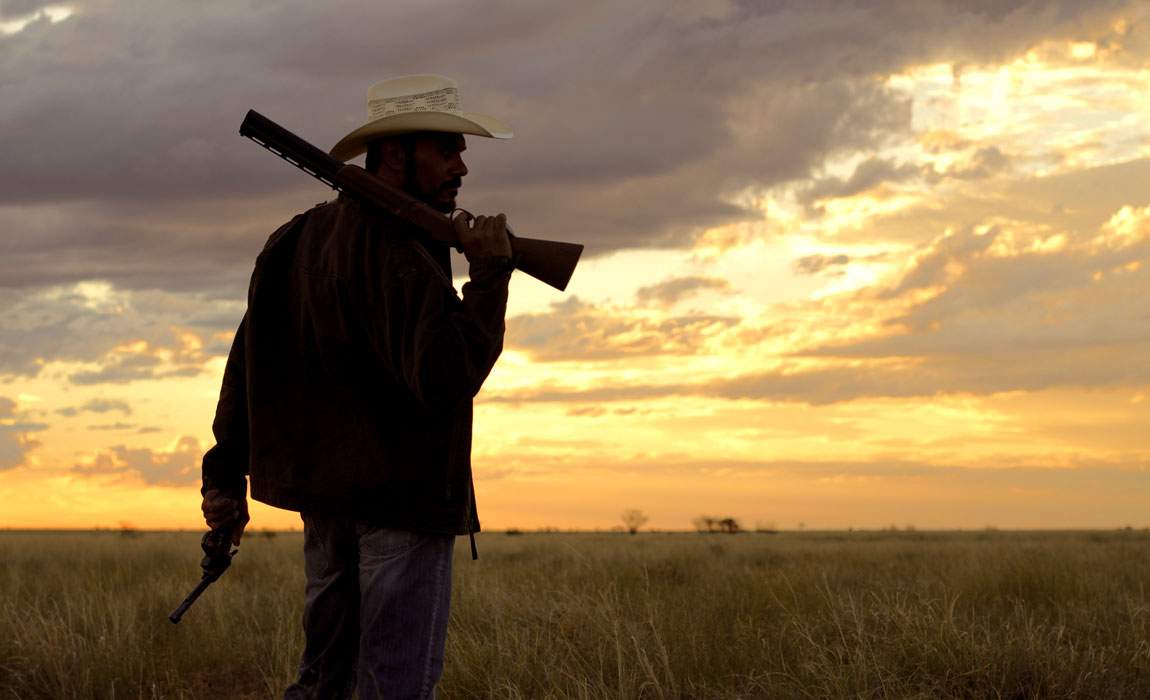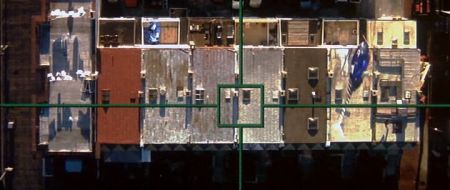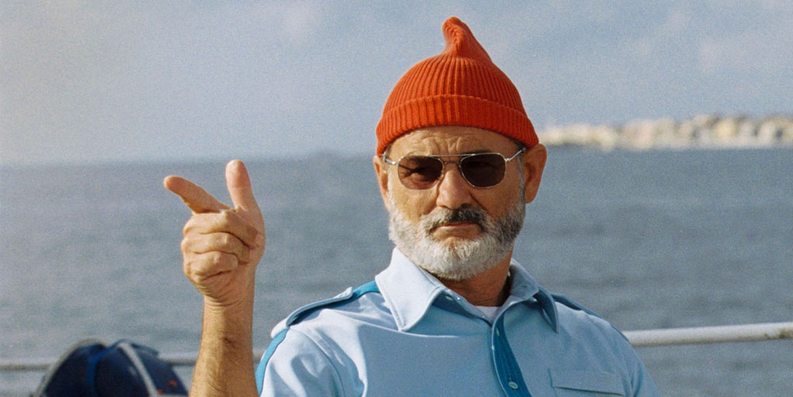https://www.youtube.com/watch?v=VwCdNJsJLhc
In the Cinema Studies Screening earlier this week some interesting ideas about the progression of popular cinema toward giant, blockbuster movies were raised.
The best example of 21st century blockbuster cinema is, of course, your latest Marvel movie. These are movies about high concept action, spectacle, and most importantly, excess. Excess is when the action or visuals go beyond just serving the narrative: they are meant to be a feast for the senses. Thus cinema has gone a long way since classical Hollywood films, when everything in the film had the purpose of serving the narrative, and also where continuity editing as we know it today was developed.
Modern ‘spectacle’ films have, as David Bordwell calls them, ‘intensified continuity.’ They use extremes: rapid editing, bipolar extremes in lens length, close framing and dialogue seen and a constantly moving camera.
The most recent Marvel film I had the (dis)pleasure of seeing the latest Captain America. It consisted, as you would expect, of excessive action scenes with some brief dialogue scenes that were mainly Iron Man making ironic quips. It becomes hard to follow a film when there is always so much going on, visually and audibly, but perhaps theses movies aren’t really meant to be followed. Maybe these films are just meant to be two hours of stupid fun. There is always room for thoughtful, slower films, but Marvel films perhaps owe their success to the desire of the masses to spend two hours away from the stress of every day life.




